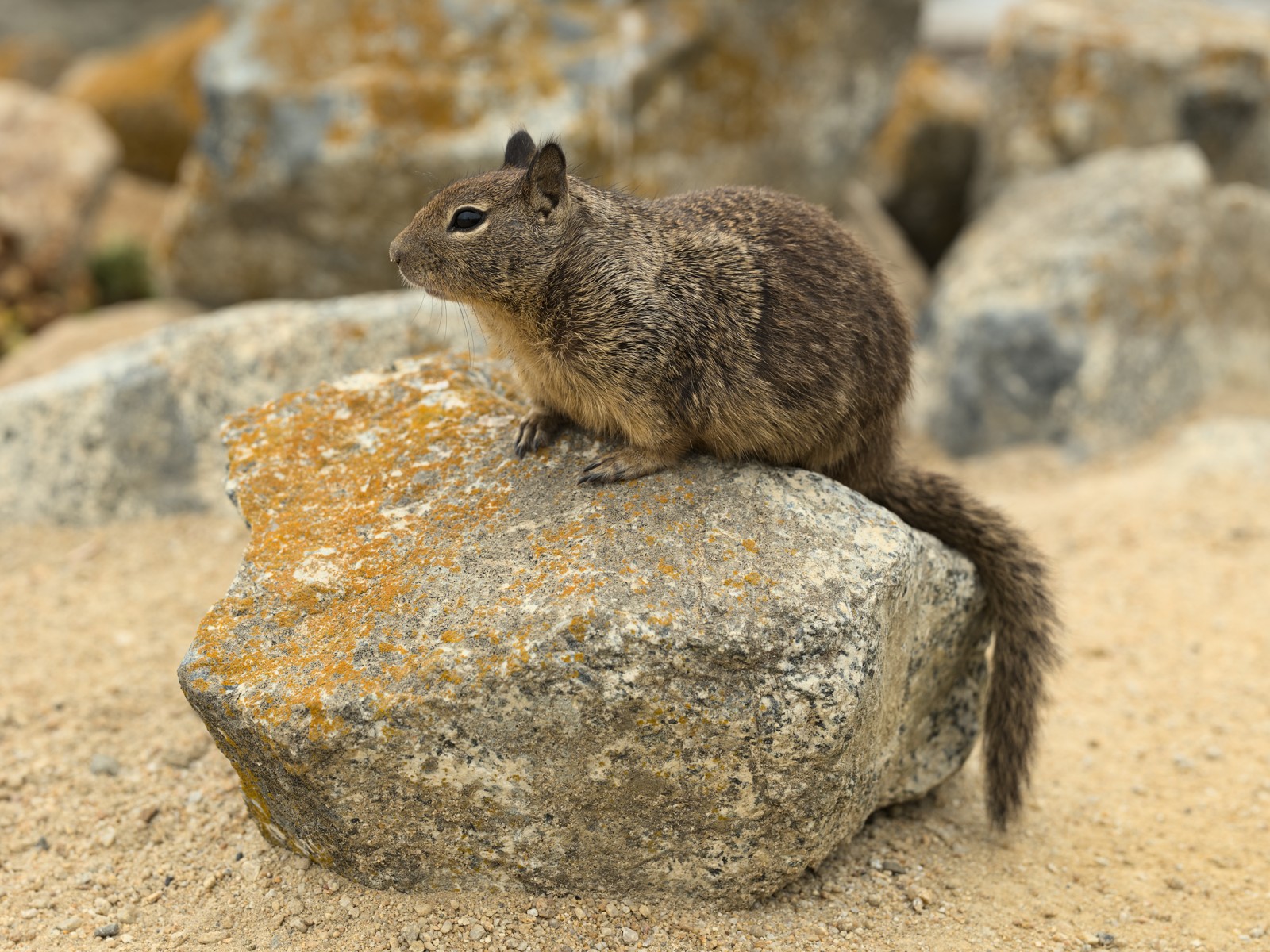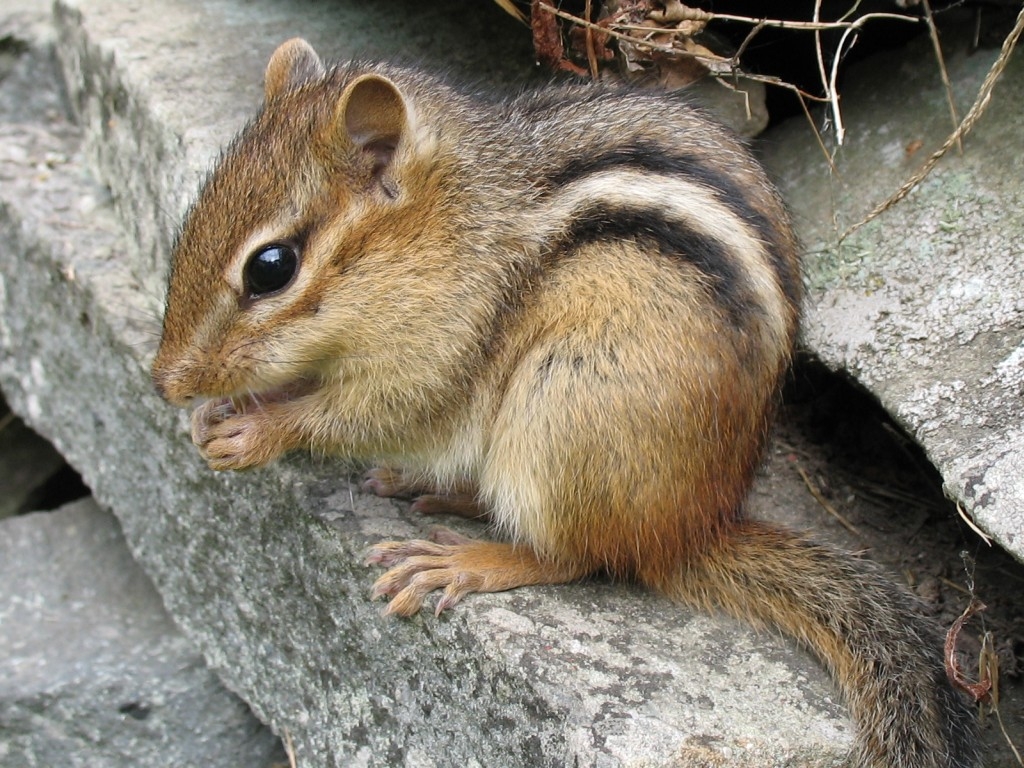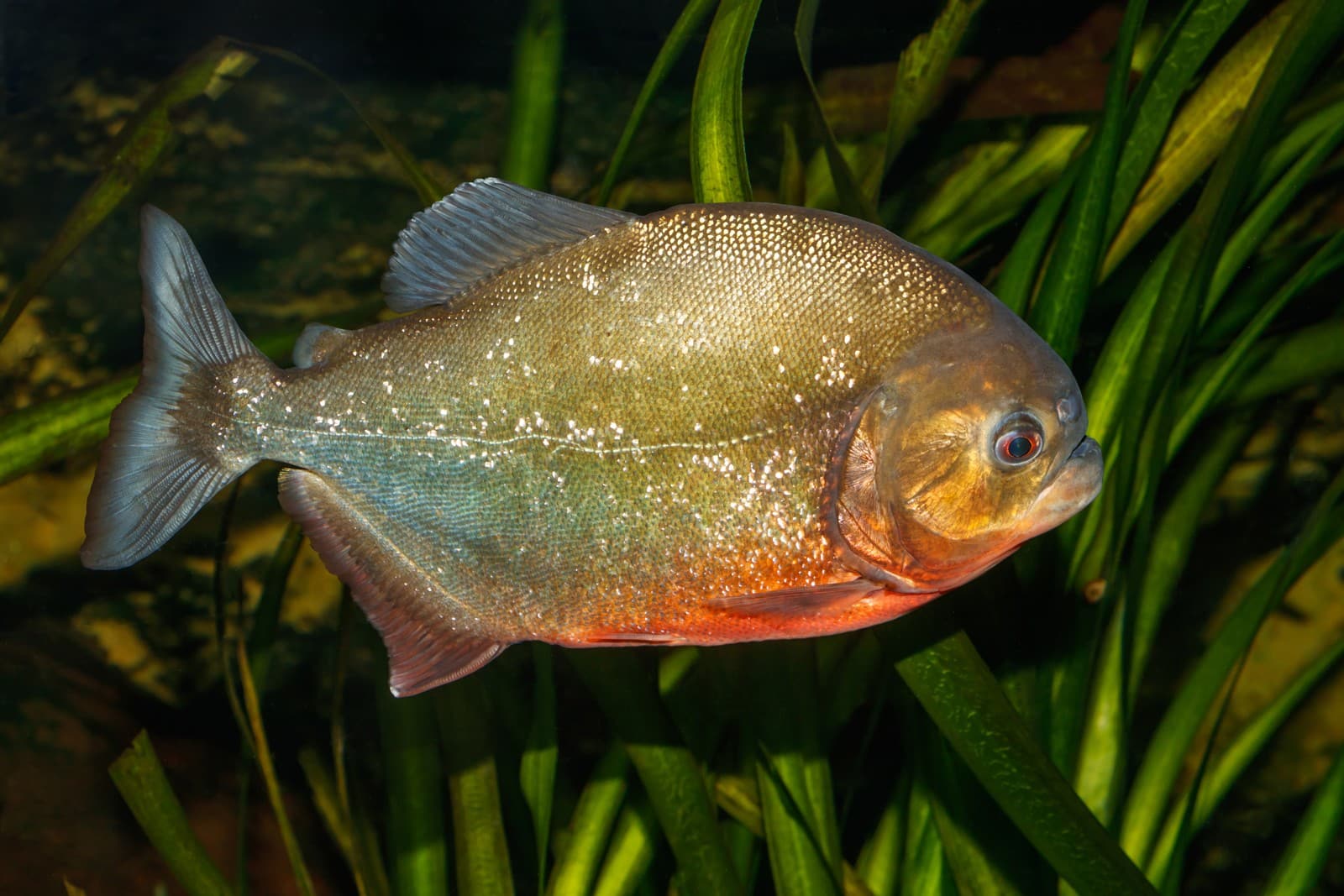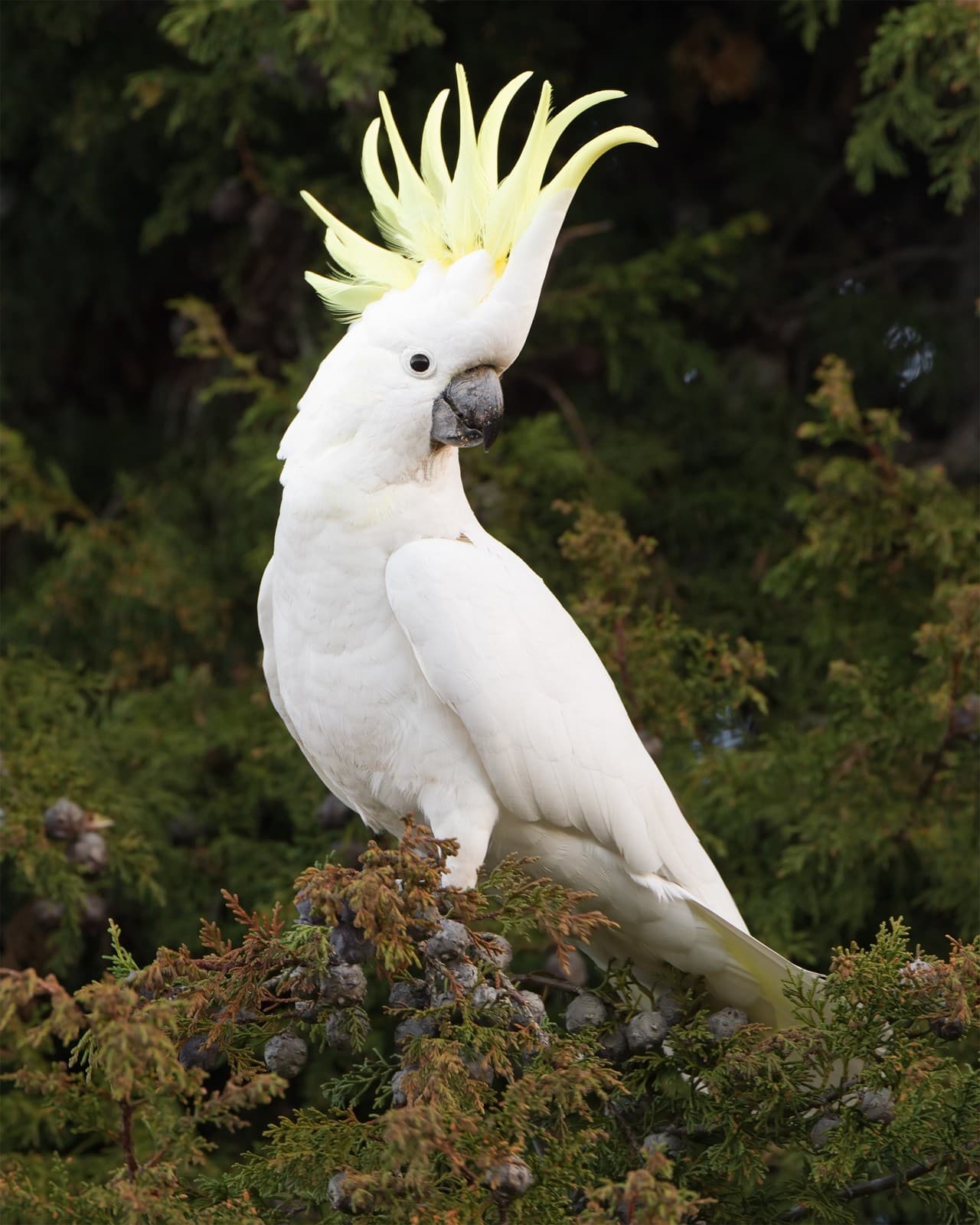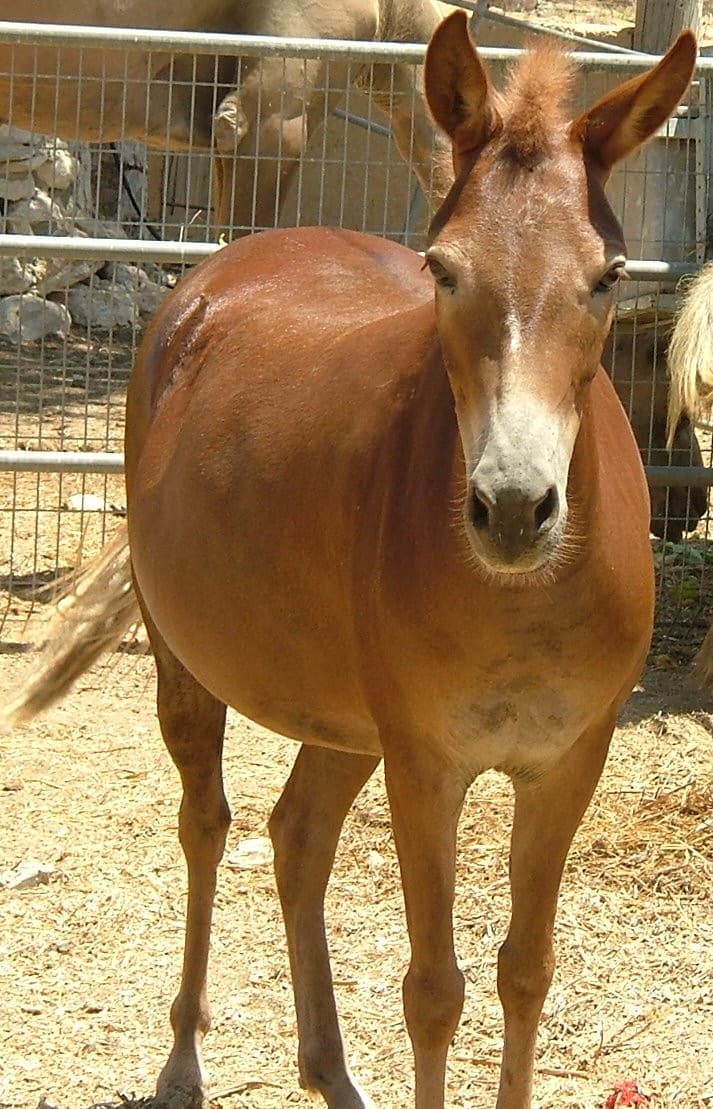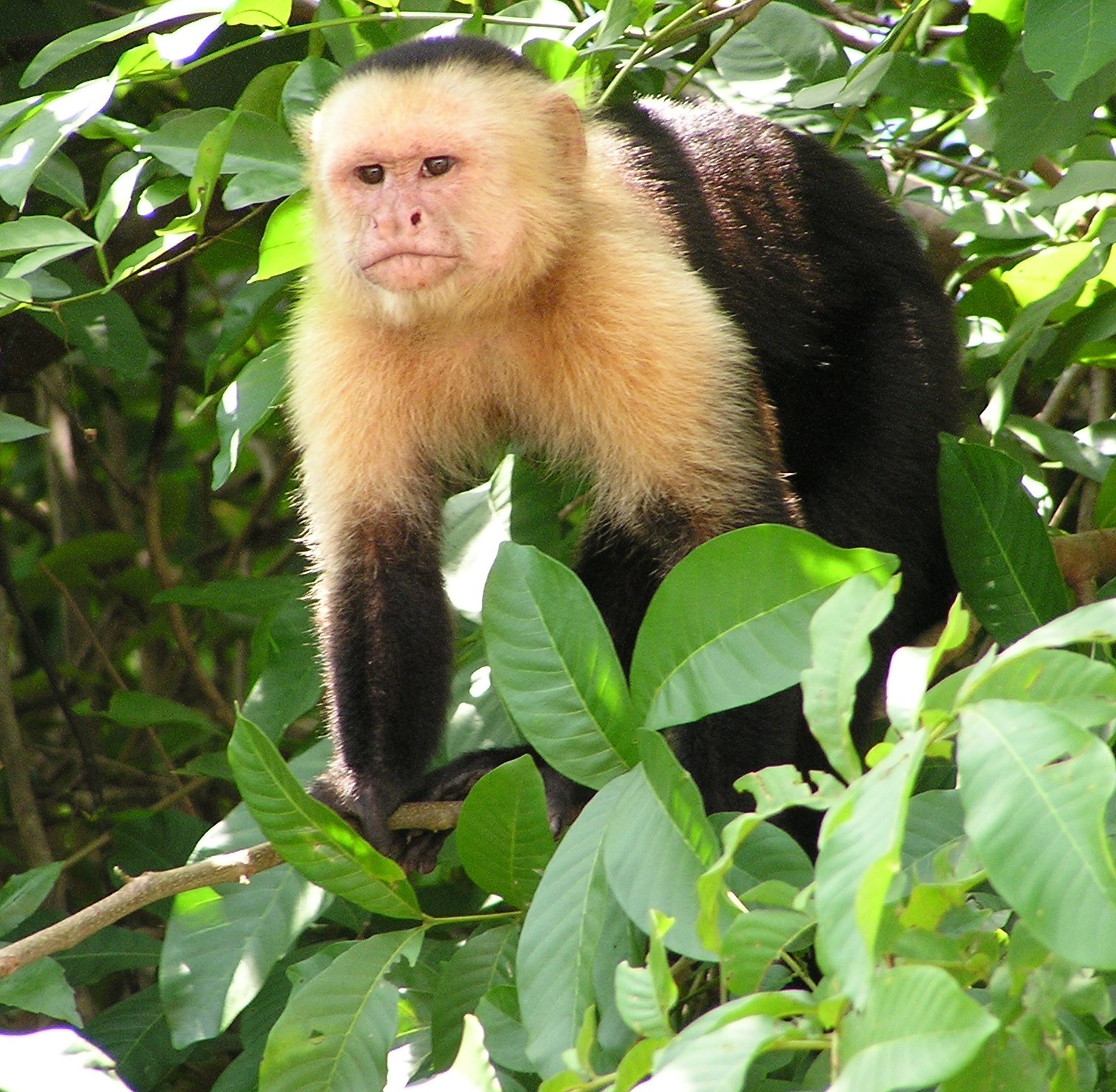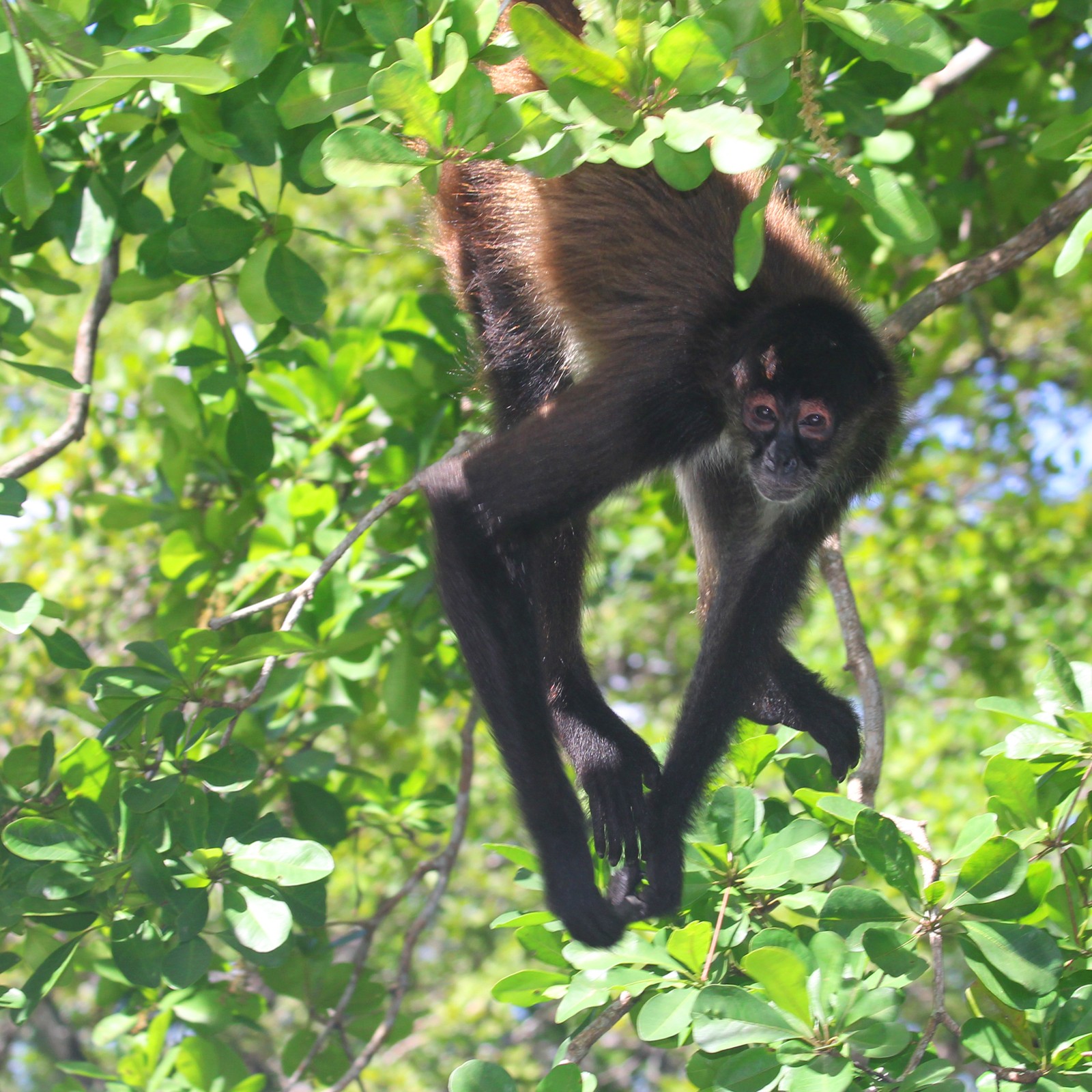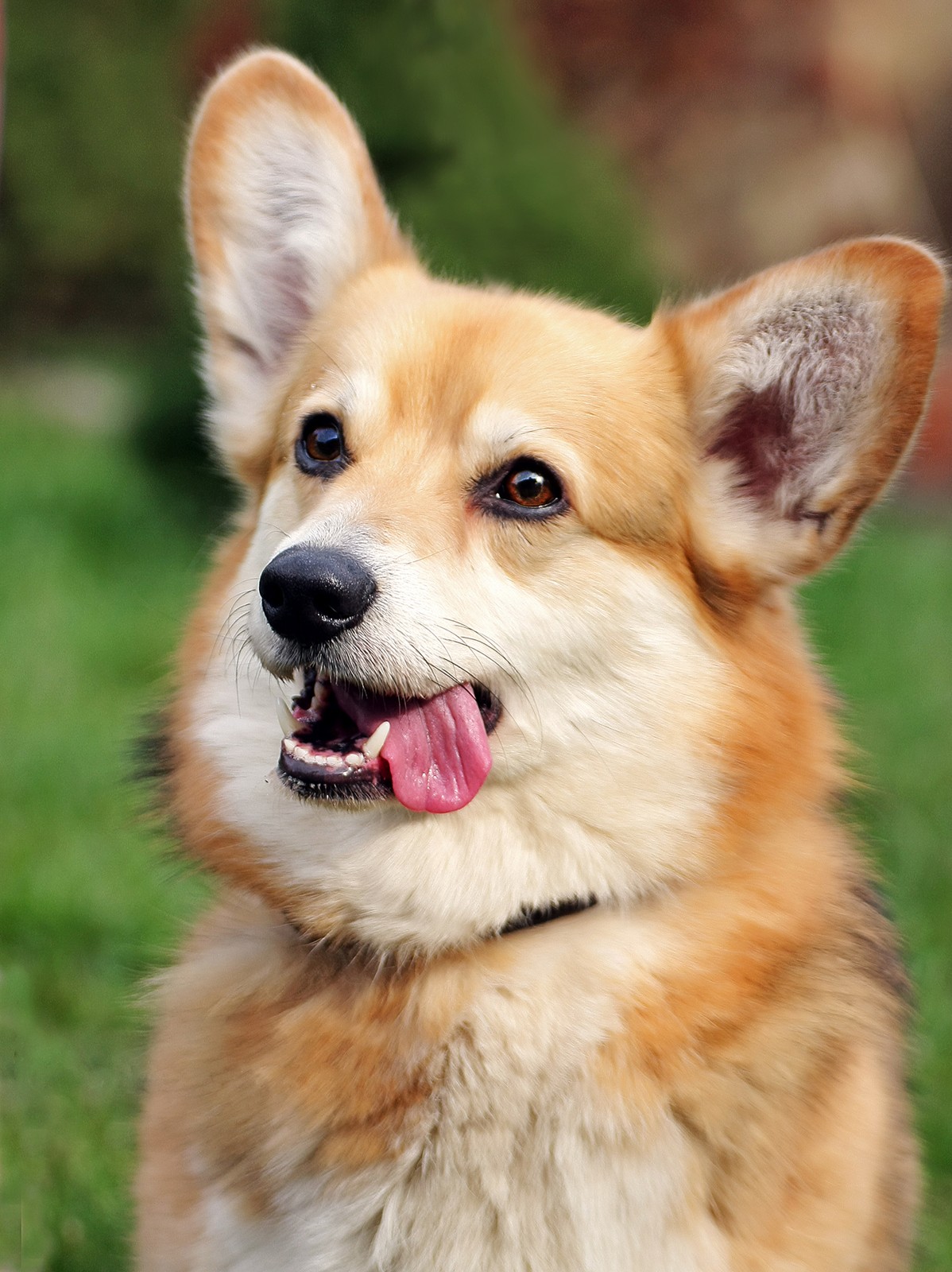Chipmunk vs Squirrel: A Complete Comparison
While chipmunks and squirrels belong to the same family of rodents (Sciuridae), they exhibit distinct differences in size, appearance, and behavior. Chipmunks are notably smaller, measuring 5-6 inches (12-15 cm) in body length, while common tree squirrels typically reach 15-20 inches (38-50 cm) including their tail. The most obvious visual difference is that chipmunks sport distinctive black and white stripes running down their backs, while squirrels display solid-colored coats in various shades of gray, red, or brown.
These woodland creatures have evolved different survival strategies despite their close relation. Chipmunks are primarily ground-dwellers who create elaborate underground burrow systems, while most squirrels are arboreal, making their homes in tree cavities and constructing leaf nests called dreys.
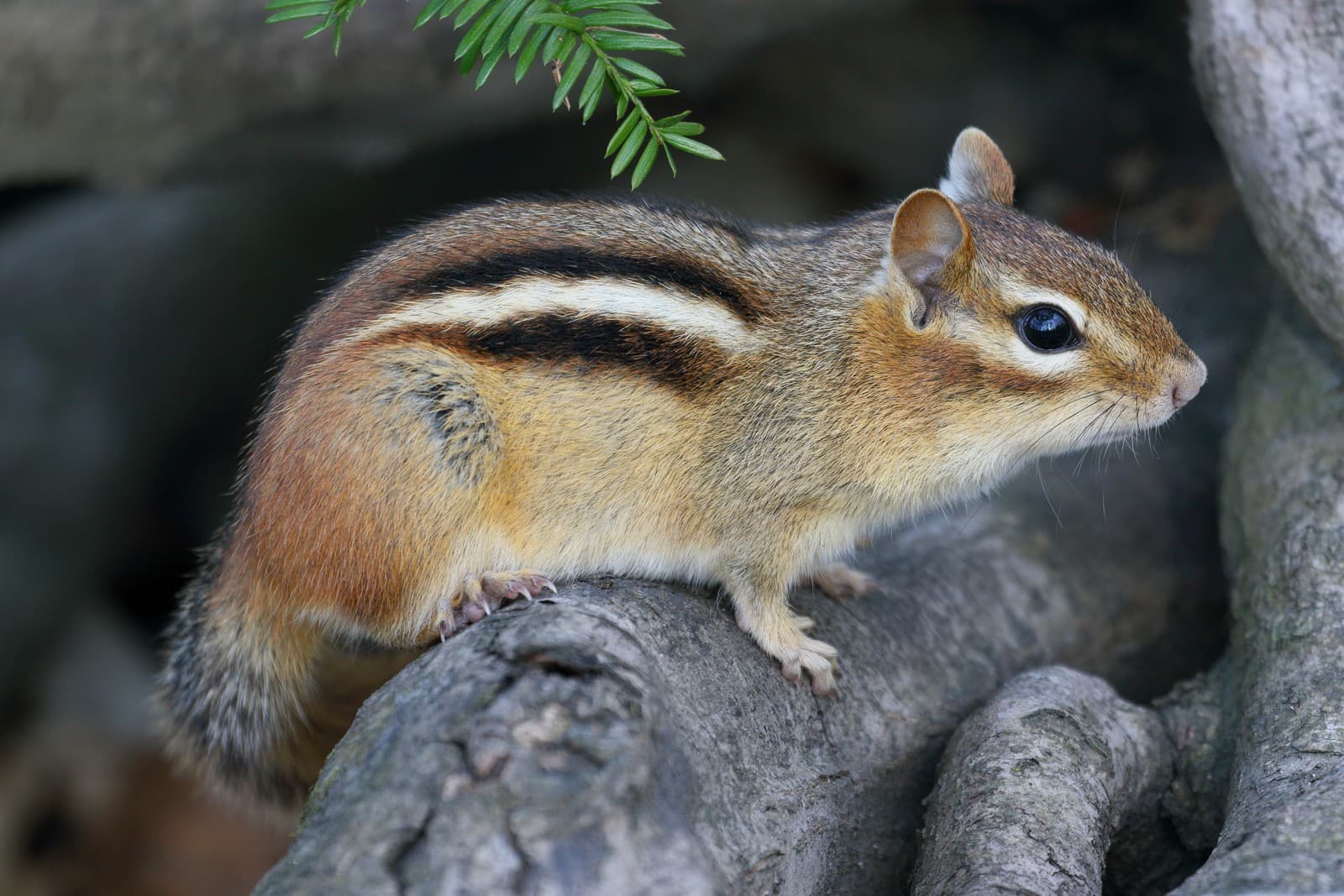
© Cephas / CC BY-SA 4.0
The Eastern Chipmunk (Tamias striatus) showcases the characteristic striped pattern that distinguishes all chipmunk species from their squirrel cousins. Note the compact body size and distinctive facial features typical of these ground-dwelling rodents.
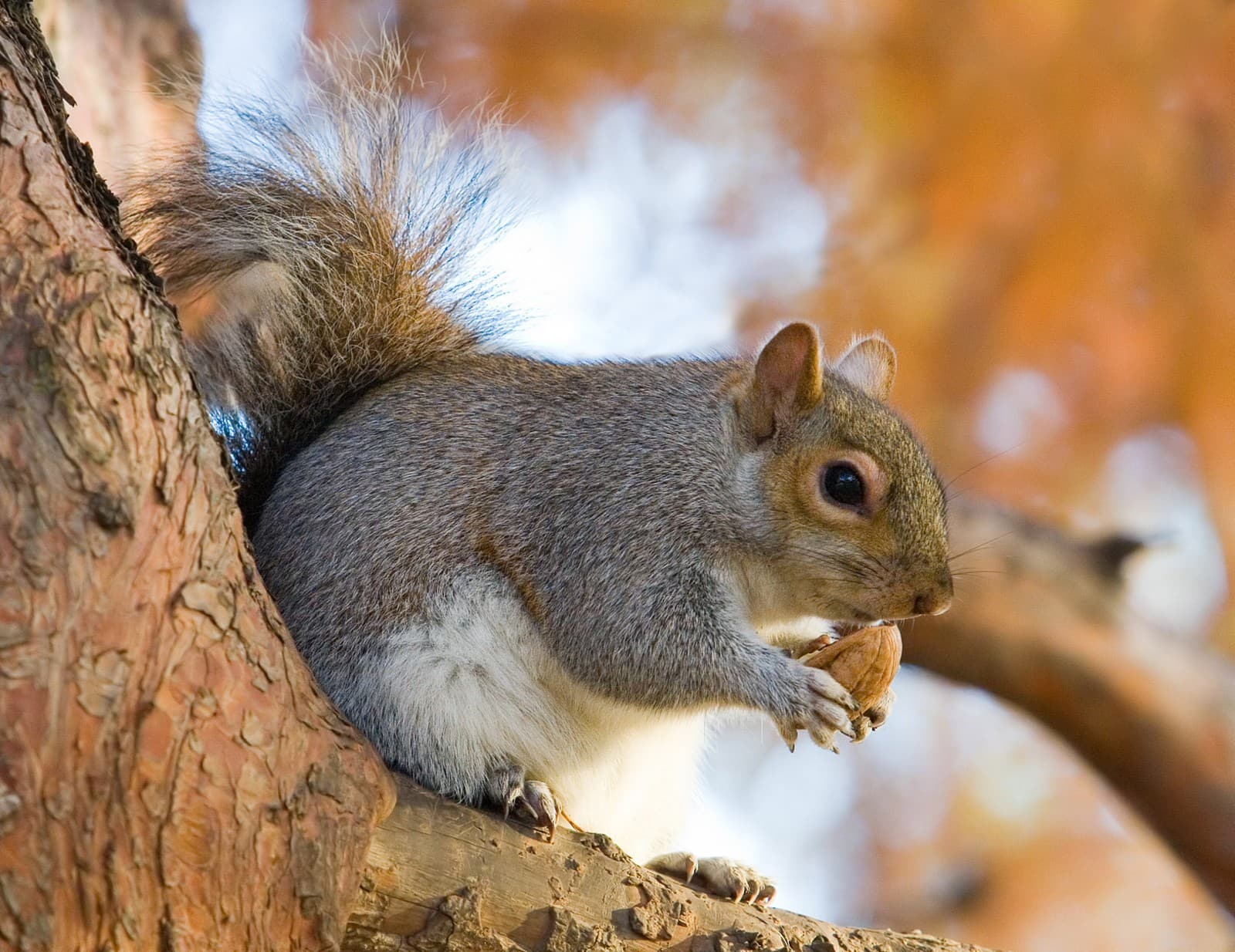
© Diliff / CC BY-SA 3.0
The Eastern Gray Squirrel (Sciurus carolinensis) demonstrates the larger size and uniform coloration typical of tree squirrels. Notice the significantly bushier tail and more robust body structure compared to chipmunks.
Key Differences Between Chipmunks and Squirrels
| Feature | Chipmunk | Squirrel |
|---|---|---|
| Size | 5-6 inches (12-15 cm) | 15-20 inches (38-50 cm) |
| Weight | 2-4 oz (56-113 g) | 1-1.5 lbs (454-680 g) |
| Markings | Distinctive stripes | Solid coloration |
| Primary Habitat | Ground burrows | Trees |
| Tail Length | 3-4 inches (7.6-10 cm) | 6-10 inches (15-25 cm) |
| Food Storage | Underground chambers | Multiple cache sites |
Habitat and Behavior Differences
Chipmunks and squirrels have evolved different approaches to survival in woodland environments. Chipmunks construct extensive underground burrow systems, complete with separate chambers for sleeping, food storage, and waste. These burrows can extend up to 30 feet (9.1 meters) in length and include multiple entrances for quick escape from predators.
Tree squirrels, conversely, spend most of their time above ground, building leaf nests in tree branches or occupying tree cavities. They’re excellent climbers, capable of descending trees head-first thanks to ankle joints that can rotate 180 degrees, a feature chipmunks don’t possess.
Feeding Habits and Food Storage
While both species are primarily herbivorous, their food storage strategies differ significantly. Chipmunks transport food in specialized cheek pouches that can expand to three times the size of their head, storing their harvest in underground chambers. A single chipmunk may collect up to 165 acorns in a day.
Squirrels practice “scatter hoarding,” burying individual nuts and seeds across their territory. They can locate these caches through their excellent spatial memory and keen sense of smell, even under a foot of snow.
Who Would Win in a Confrontation?
In territorial disputes, size typically determines the outcome. Adult squirrels, being 3-4 times larger than chipmunks, generally dominate in confrontations over food sources or territory. However, direct conflicts are rare as these species have evolved to occupy different ecological niches, with chipmunks foraging primarily on the ground and squirrels in the canopy.
Winter Survival Strategies
One of the most significant behavioral differences between these rodents appears during winter months. Chipmunks enter a state of torpor, waking occasionally to feed from their stored food cache, while most squirrel species remain active year-round, relying on their scattered food caches and body fat reserves to survive the cold season.
Conservation and Human Interaction
Both species have adapted well to human presence, though in different ways. Chipmunks thrive in edge habitats between woods and open areas, while squirrels have become highly successful urban adapters, particularly the Eastern Gray Squirrel. Understanding these differences helps in both wildlife management and backyard habitat creation for these charismatic rodents.
